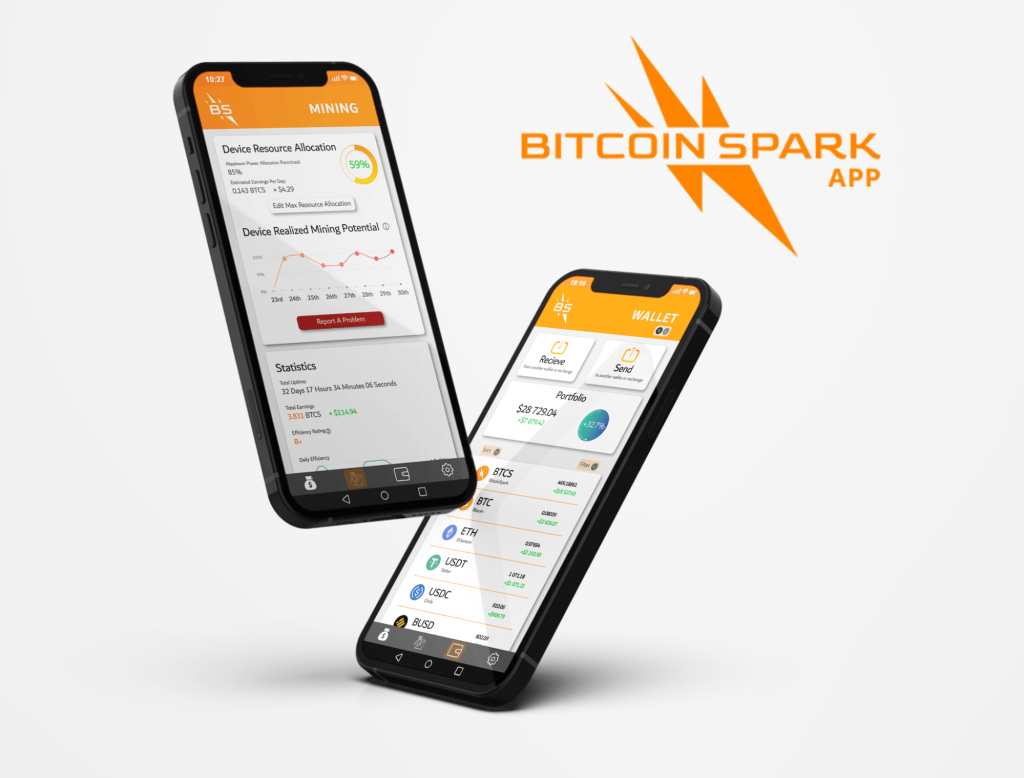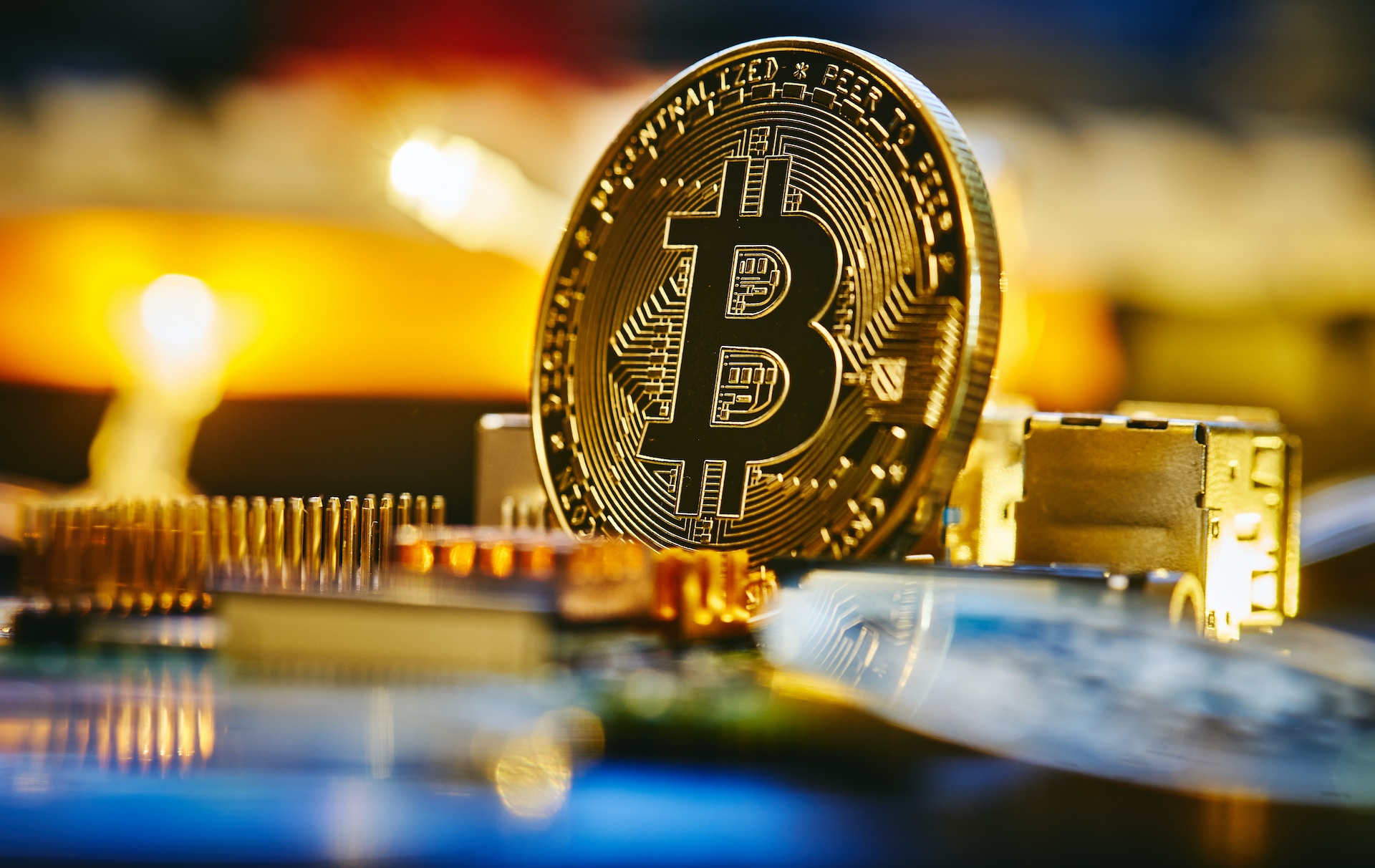Bitcoin Spark (BTCS) has ignited fresh excitement and speculation within the crypto community. In fact, some have suggested that the salient difference between this newcomer and Solana is its unique twist, offering a fresh perspective on decentralized technology.
Bitcoin Spark: Charting a new course for blockchain advancement
Bitcoin Spark is a new project that seeks to usher in the next generation of cryptocurrency while maintaining high speed, security, and scalability. This Bitcoin fork has increased individual block transaction capabilities, reduced block time, and a substantially higher number of nodes to ensure it can process many transactions per second while maintaining low costs.
The Bitcoin Spark network will support smart contracts. It will implement a multi-layer smart contract execution system that reaches finality on the main network while allowing for different programming languages to be used for application building. Developers will be able to use Rust, Solidity, Vyper, and all high-level languages compilable to EVM bytecode. This is bound to attract a broader range of developers and smart contract styles on Bitcoin Spark, potentially creating a robust ecosystem of decentralized applications catering to many use cases.
Additionally, Bitcoin Spark uses a proprietary consensus mechanism known as Proof-of-Process (PoP), which combines aspects of Proof-of-Work (PoW) and Proof-of-Stake. The PoP requires users to provide a stake in addition to their processing power in order to validate blocks and earn rewards. Bitcoin Spark ensures a fairer distribution of rewards by combining the PoP with an algorithm that restricts linear rewards based on stake size or raw processing power. It will also provide an application that allows anyone with a smart device to participate in network validation by simply providing access to their device’s processing unit.

The processing power provided by miners will be rented out to institutions or individuals who need significant computational power through the Bitcoin Spark network. The clients will be required to pay using BTCS, which will increase the immediate rewards for network validation and extend the elastic (but capped) BTCS rewards minting. This suggests that Bitcoin Spark could enable its network participants to remain profitable despite market fluctuations while maintaining a limited supply. Bitcoin Spark will also include supplementary revenue-generating services within its ecosystem to achieve this goal, including having small slots for ads on its application and website.
The Bitcoin Spark Initial Coin Offering (ICO) has received recognition from experienced analysts and investors, many of whom claim it’s a great opportunity. The ICO is in Phase 2, selling BTCS at $1.75 and offering a 15% bonus.
Is Solana dead?
While the SOL price has experienced a substantial decline from its all-time high, Solana is not yet dead. The layer-1 blockchain remains vibrant and dynamic, boasting an array of decentralized applications (DApps) and a large user community. The platform’s distinct appeal, characterized by its high-speed and cost-efficient transactions, positions it as a contender for future adoption on a larger scale. Nevertheless, challenges such as the FTX setback and intermittent network outages cannot be dismissed. These obstacles present hurdles that Solana must navigate in its journey forward.
Conclusion
While parallels can be drawn between their ambitions, Bitcoin Spark’s innovative technologies and potential impact position it as a more promising candidate in the rapidly evolving blockchain landscape.
For more information on Bitcoin Spark:
Website: https://bitcoinspark.org/
Buy BTCS: https://network.bitcoinspark.org/register
Disclosure: This is a sponsored press release. Please do your research before buying any cryptocurrency or investing in any projects. Read the full disclosure here.
Photo by Michael Förtsch on Unsplash

